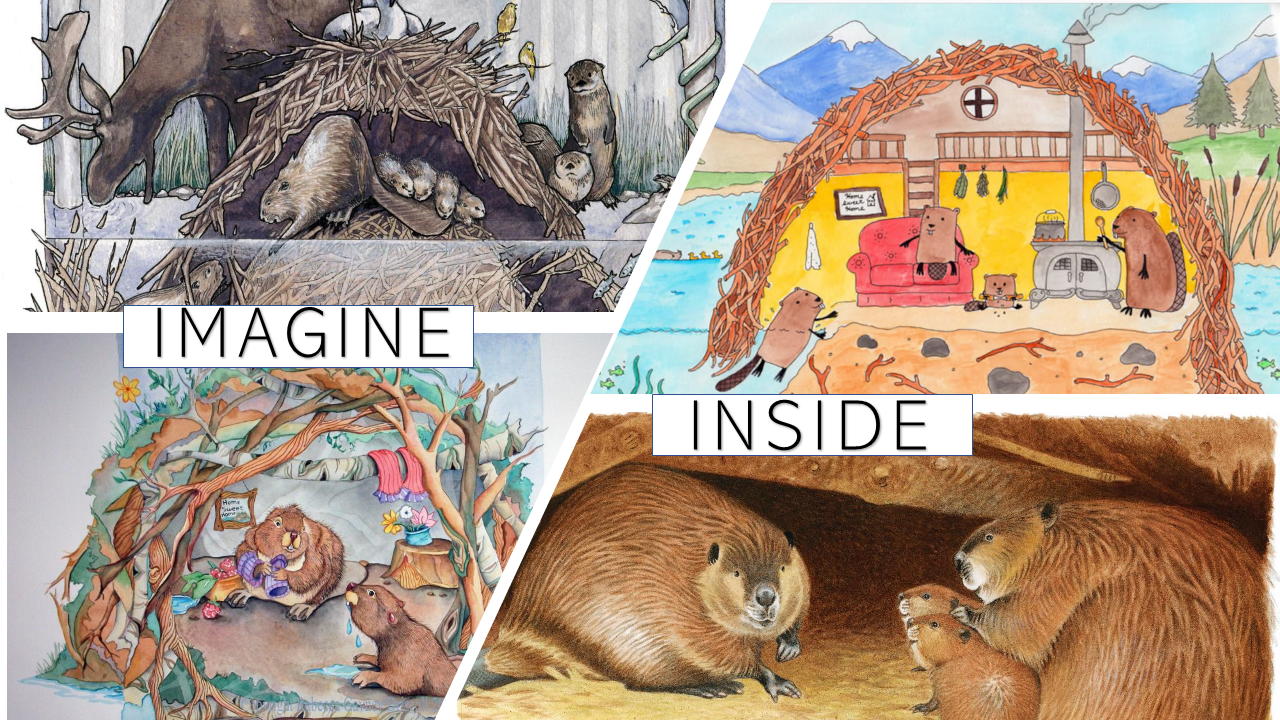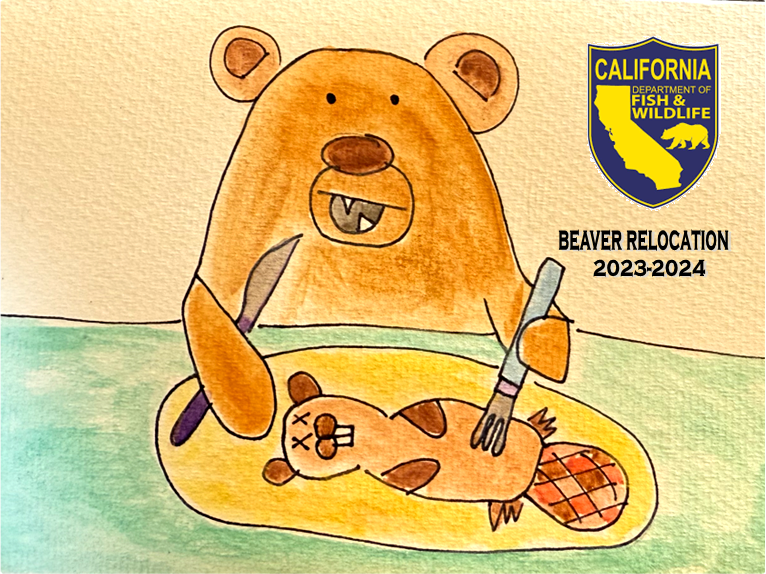I got totally intrigued by this enticing article about a beaver lodge on display in the Meeker Colorado library but I was I was confused enough by the article that I wasn’t sure they were talking about dams or lodges, or even knew the difference?
I wonder which one is on display?
I have been told its a lodge the director of Yamptika wrote back to tell me that they definitely knew the difference and educate children about the way beaver dams store water and create ecosystems.
“Nowhere in the article did we assert that beaver lodges are the driving forces of ecological change, but that beavers, through their activity in an area, can create wetland sponges and benefit other wildlife. Our staff member noted the benefit of lodges to birds, since a local species, the Greater Sandhill crane, is of conservation concern in our area and commonly nests directly on top of beaver lodges because they provide a safe area, away from predators, to lay their eggs. Due to the connectivity to the surrounding land, dams do not provide the same sanctuary for the nesting cranes, and they nest there less frequently. This is a familiar issue to our community, which was the intended audience of our programming.”
“We now ask that you edit your post to reflect that there was a clear understanding of lodges vs. dams, and that the programming was more broadly focused on beaver ecology, benefits, and coexistence strategies”
Okay.
Beaver lodge display draws interest at Meeker Public Library
MEEKER | In the community room of the Meeker Public Library — where crafts, meetings and book clubs usually gather — a new guest has moved in: a full-sized beaver lodge.
Built entirely from a wire understructure, chicken wire and woven willow sticks of different sizes, the lodge features a carefully crafted dome effect that has captured the attention of wide-eyed visitors. The structure has sparked conversations about wetlands, wildlife and the wonders of nature.
Librarian Ann Franklin said the idea to bring the beaver lodge to the library came about after Yampatika, a Steamboat Springs-based organization focused on inspiring environmental stewardship through education, approached the library following a recommendation from the White River Alliance.
Isn’t that cool? I was totally enchanted to think of a beaver lodge in a library. And then I thought whoa how did they even get it in the door? Maybe in two pieces and wove it together inside? Or maybe its half a lodge so you could see the interior? That would be cool too.
“We’re always open to new programming, and beavers are a big deal around here — both beneficial and detrimental,” Franklin said. “They help with wetlands, but they can also cause problems with irrigation ditches and slow-moving water that we want to keep running. Having that education about beavers, both their positives and negatives, is really great for young people.”\
We have quite a few nonfiction books for kids about beavers, and some adult nonfiction books as well about their ecosystems,” Franklin said.
Michelle Mahosky, water education coordinator for Yampatika, said herself and the rest of the team at Yampatika are excited to show the community how important beavers are to the wild.
“It’s definitely an awesome feature that we have — to actually show people what beavers are doing and, most recently, what we’ve learned about how beneficial they are to ecosystems and restoring the ecological sponge,” Mahosky said.
A lodge of this size would typically house one beaver family, ranging from four to eight beavers spanning different generations. Other species also benefit from the shelter provided by beaver lodges.
“Beavers are a keystone species and environmental habitat helpers,” Mahosky said. “They come in, restore habitat and invite other animals into that healthy environment. A variety of birds, muskrats and smaller species all benefit from beaver lodges.”
 Wait what? Beaver lodges make a sponge? And benefit birds and muskrats? You know that lodges and dams are different things right? As we can see above, the non profit clearly knows bu the reporter probably did not.
Wait what? Beaver lodges make a sponge? And benefit birds and muskrats? You know that lodges and dams are different things right? As we can see above, the non profit clearly knows bu the reporter probably did not.
Got to watch out for that issue!
Beavers are most active around their lodges during the spring, summer and fall.
“During the winter, they cozy up and stay in their lodges for the most part,” Mahosky said. “Occasionally, we’ll see them come out into the snow to forage and grab more branches and logs if needed, but spring is a good time to see them.”
Maintaining the lodges takes constant work throughout the year.
“They’re really the only other species besides humans that can manipulate their environment and change it for the better,” Mahosky said. “It’s constant upkeep — especially after winter. As soon as there’s a leak of any sort, they are out fixing it.”
Fixing a leak in the dam. I mean I’m sure they would fix a leak in their lodge too, but its not like they’re worried about water damage.









































